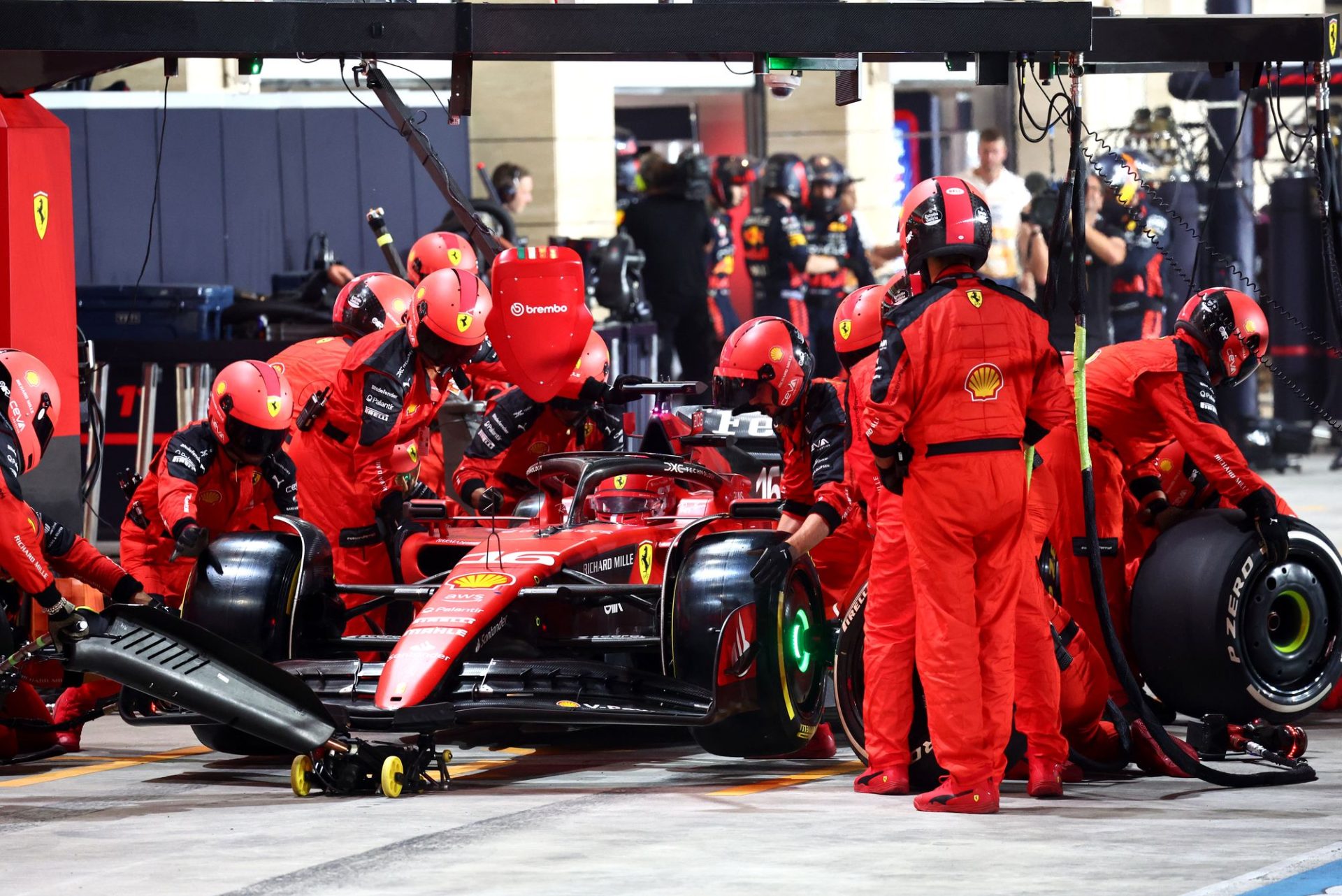Pirelli has officially retained Formula 1’s control tyre supply deal, despite suggestions this summer its predecessor Bridgestone was keen to supplant it.
The first decade and a half of Pirelli’s current F1 stint has been turbulent. It was initially tasked with shaping a very different style of racing to anything that had been requested from a control tyre supplier before, and its products have frequently been criticised by drivers and teams.
Throughout, there’s been an underlying debate over whether the problem is Pirelli’s products and capabilities, or what’s been demanded of it.
The FIA’s set a target of tyres that “ensure a wide working range, minimise overheating, and have low degradation whilst also creating the possibility for variation in strategy”, and also focused significantly on the environmental sustainability of bids.
Now we know for sure that Pirelli is staying on, what do we want to see from it and its products?
Here is our writers’ wishlist:
MORE VARIABLES AND FEWER STIPULATIONS
Edd Straw
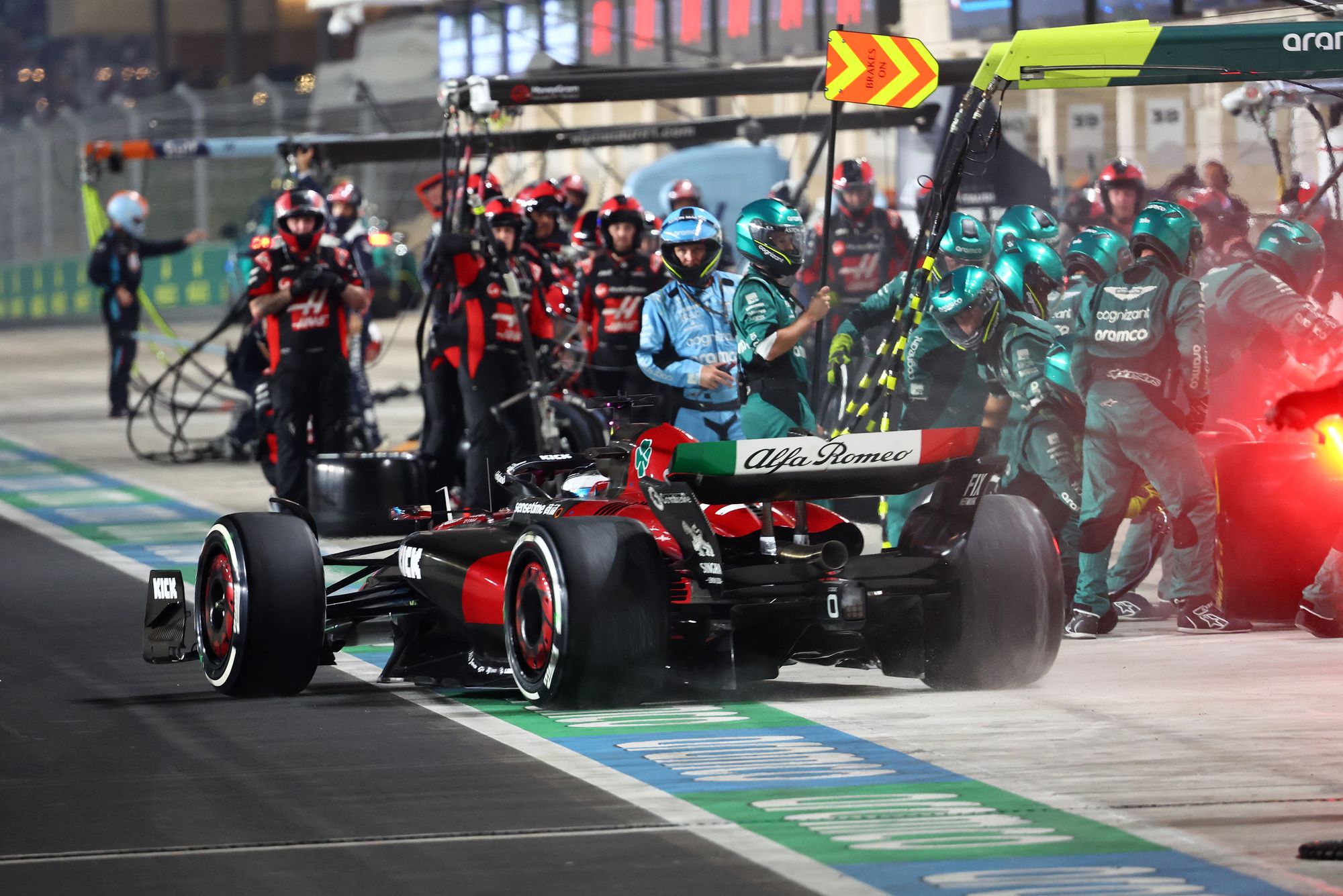
It’s important to remember that Pirelli isn’t steered by its own desires when it comes to tyre characteristics. Instead, it is given a target letter outlining how key aspects of the tyres should behave in terms of their characteristics. Then, Pirelli makes tyres that perform as requested, or as close to the demands as possible.
This is significant because it means the control tyre supplier isn’t simply there to make whatever it feels like, but instead to provide tyres that make for the most varied competition. And that’s based on what is requested, within certain cost parameters.
So what’s the ideal? Well, there is a general principal that could be difficult to apply given financial realities but that reverses the usual push for trying to force strategic interest by mandating that certain things must happen. But if it’s variety and unpredictability you want then the way to achieve it is by engineering in variables.
Currently, on a standard weekend each driver gets 13 sets of slicks with an allocated number of each of the available three compounds (selected from what is currently six available option given there is a C0 tyre this year). Since COVID-19 struck, there hasn’t even been the chance for each team to select how those 13 sets are divided.
But what if there were a way to create far more variety? That could be achieved not only with more compounds and greater freedom of selection from among them, but perhaps also more tyre specs perhaps with varying construction.
This could get complicated and costly, but this would add vastly more variety to the available tyres and increase the chances of getting decisions on which ones to use right or wrong.
And that could create a little of the fun you would have in a tyre war within a single supplier, provided it’s willing to make enough different tyres.
It’s probably pie in the sky because there are practicality issues, but it illustrates the point that rather than engineering the outcomes you want with specific rules, it’s better to create the conditions for different approaches to be taken. Then you never know what might happen.
LET PIRELLI MAKE ROBUST TYRES
Glenn Freeman
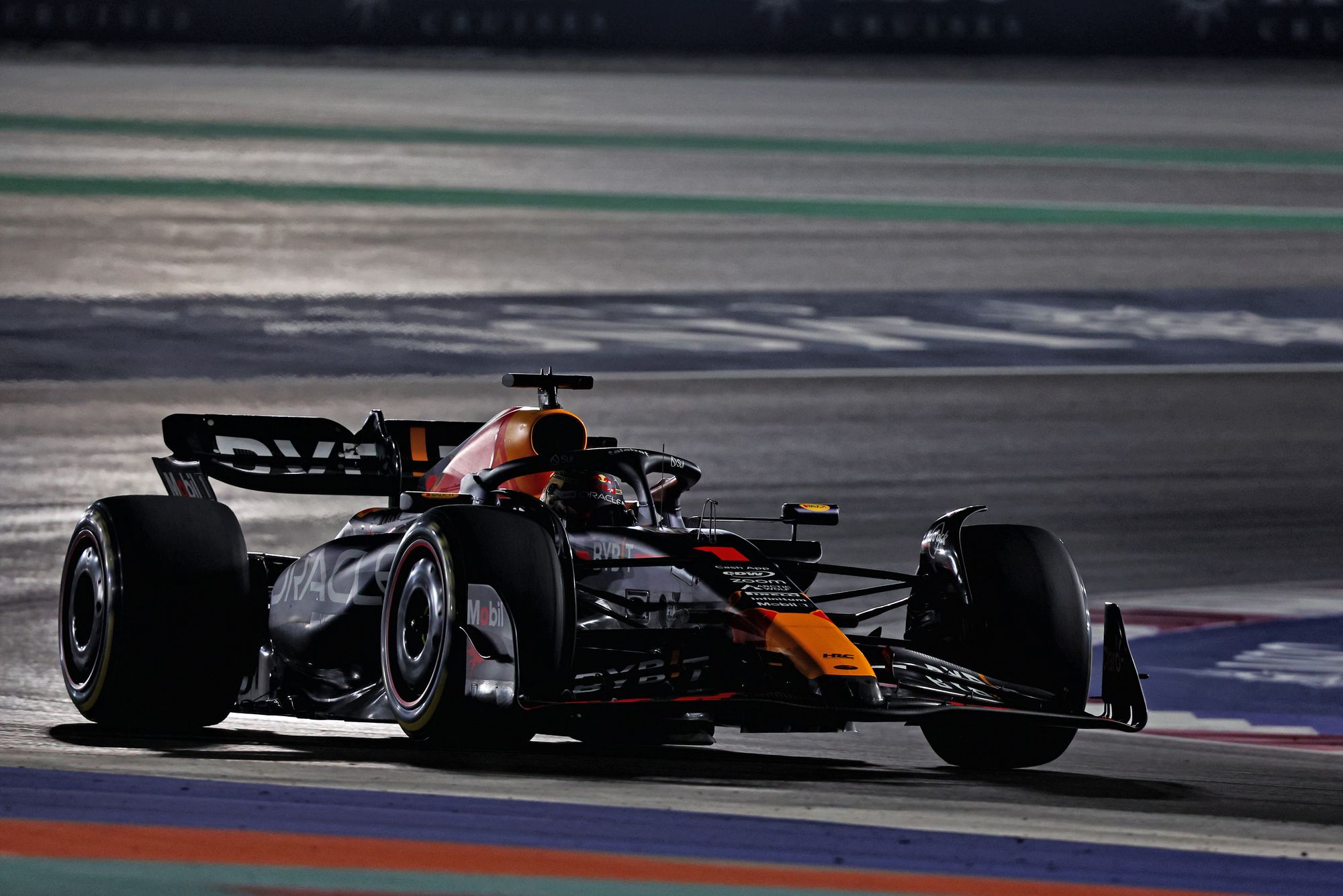
It’s time for F1 to stop messing Pirelli about.
We’ve had over a decade of Pirelli being given vague targets and failing to hit them with any sort of consistency.
So let’s get it to produce robust tyres that the drivers can push on. The current tyres are hardly creating mixed up strategies.
The teams know how to manage them so well now, and then all react to each other when a pitstop phase begins to cover off undercuts.
If we want another strategic element, let’s do the simple thing of forcing drivers to run all three compounds during the race. Voila – we get two-stop races, without the need for fragile tyres that are susceptible to overheating and make the racing worse instead of better.
There are so many races now, that F1 could even enforce that at just half of them.
LEAVE PIRELLI TO GET ON WITH IT
Gary Anderson
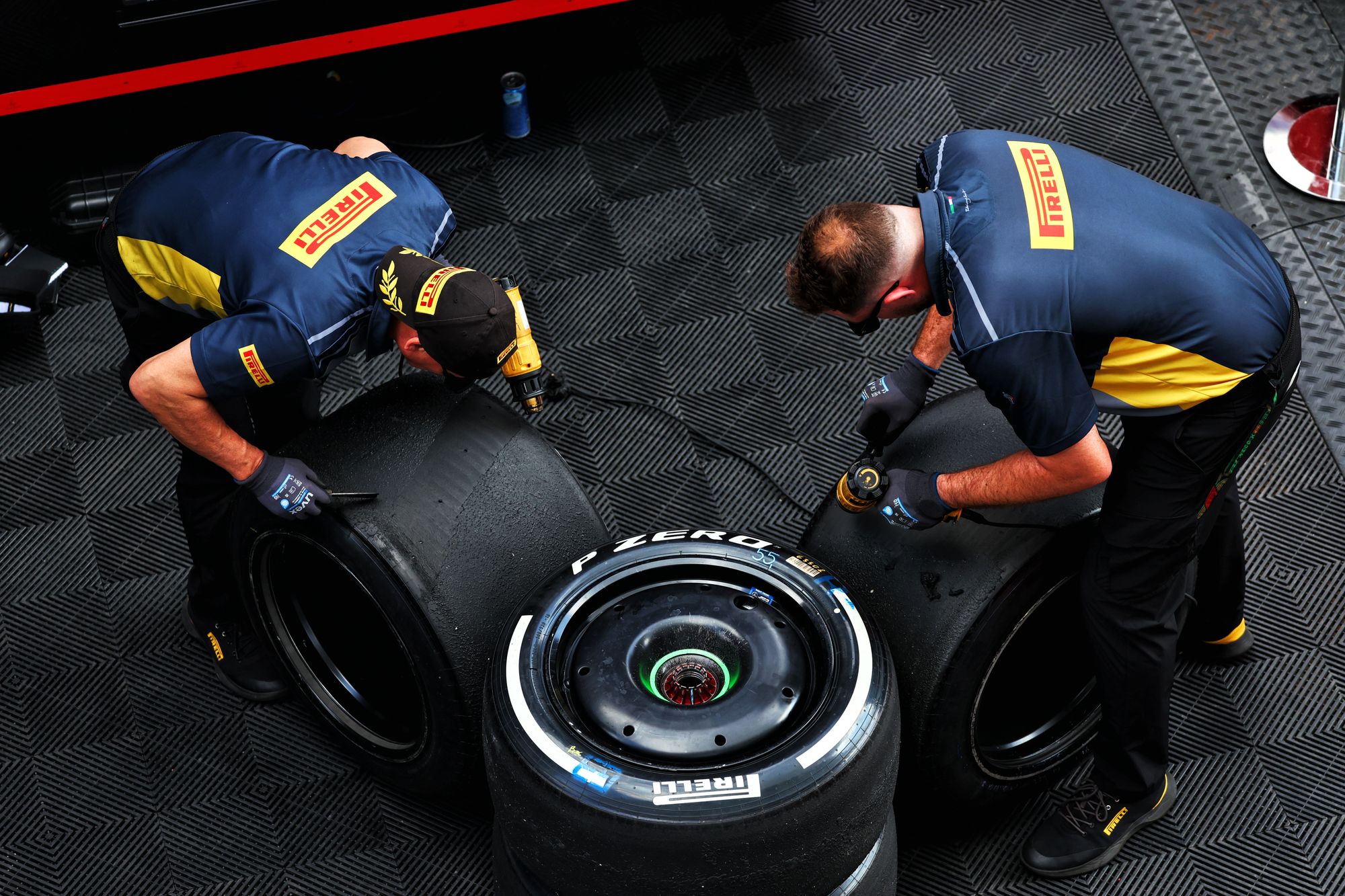
Let’s not forget that Formula 1 needs at least one tyre supplier. It’s not many years ago that Bernie Ecclestone bought into Avon just to make sure a tyre supplier was available.
Overall Pirelli has done a good job. It’s super easy to be critical but Pirelli has gone through a period of intense car development. Every year the cars’ performance has been changing – if it’s not more torque from the hybrid power units, it’s more downforce from the cars, and on top of all that the cars have got nearly 30% heavier. All that has to go through the tyres.
And yes, Pirelli has to pay for the pleasure. Or should that be the flak?
Personally I like the idea of flat-out races as we saw in Qatar, but it shouldn’t require a regulation to make it happen.
Nothing is currently stopping the teams from doing that three-stop strategy on a regular basis. The teams pick the fastest race strategy and then complain that the tyres don’t allow them to push.
As we saw in Qatar, that is just rubbish. It’s simple: push hard and stop more often.
My other request would be that Pirelli supplies the tyres and it’s then up to the teams to decide how to use them.
Let them decide what cambers, toes, and pressures they use. Pirelli can advise on all of this but leave it to the teams’ engineers to make the final decision.
The same goes for the FIA and the weight distribution window – let the teams decide how they use the product.
I know that Pirelli doesn’t want bad publicity but when anything tyre wise happens it gets that anyway. So just make sure the public and we media boneheads know what Pirelli’s advice for each circuit would be and if something goes wrong hang it on the team that didn’t listen.
A TYRE WAR COULD SOLVE SOME PROBLEMS
Mark Hughes
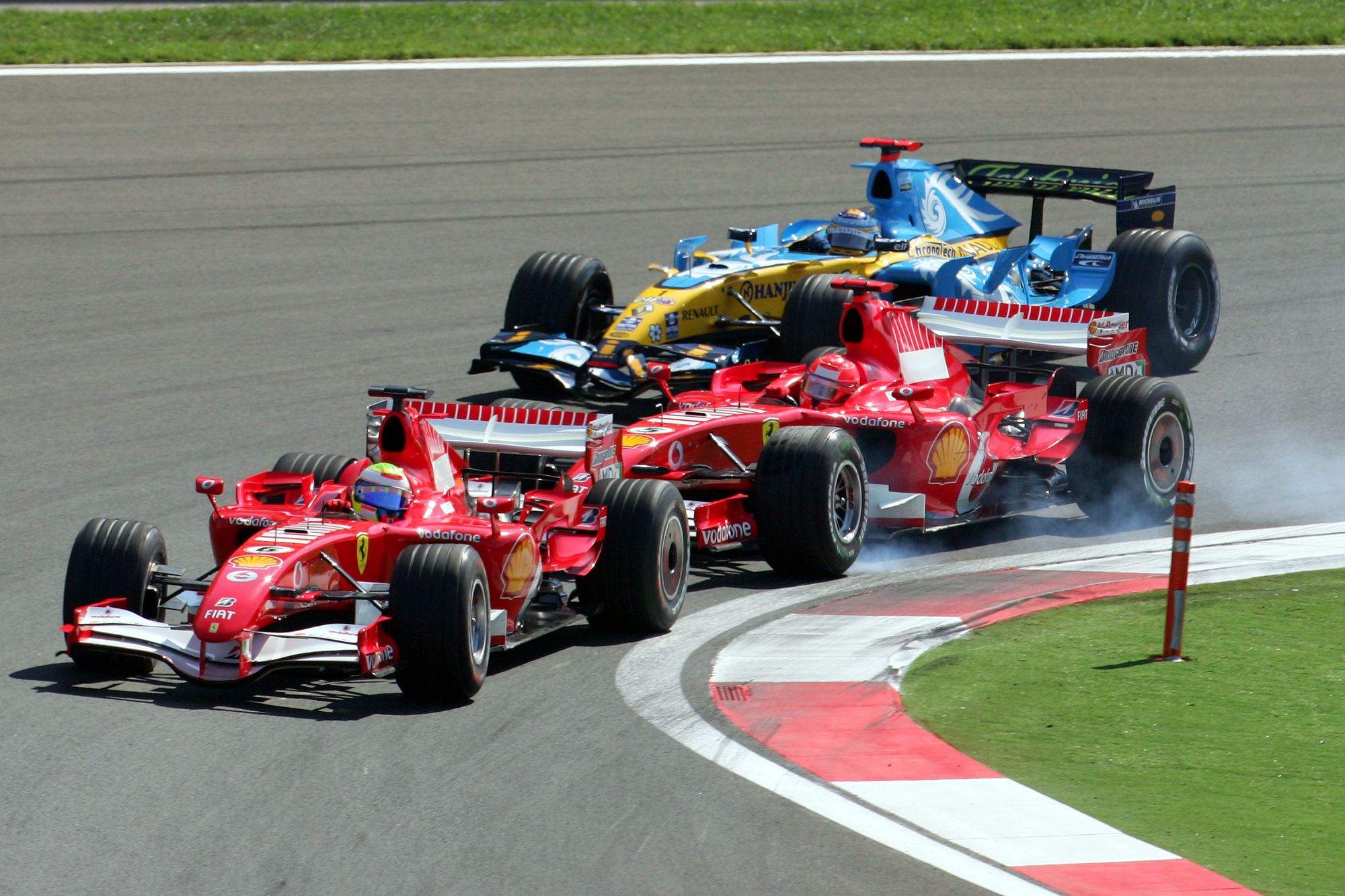
A single tyre supplier gets to have its name associated with F1 and I’m sure there are great marketing benefits to that.
But observing from the outside it seems it gets ignored when everything goes well and castigated when there’s a problem.
Furthermore, Pirelli is having to supply tyres to meet what is verging on an unreasonable demand such is the power, weight, torque and downforce of current cars. It’s a way more demanding load than any F1 tyre has had to deal with in the past.
Last weekend a random new problem appeared in the form of Qatar’s pyramid kerbs – and instantly Pirelli is in the news because there is ‘a tyre problem’.
Now, it’s possible that another supplier could come up with a tyre exceeding the Pirelli one in its capability. Almost certainly, Pirelli could too.
It may actually be physically possible to have cars of this format on tyres which can be raced flat-out even without the artificial stipulation of a defined limit on the number of laps which were needed to get out of the awkward situation of last weekend.
But there is no motivation for a single supplier to do so. Especially when the economic model is fed into the equation.
The only way that could happen would be competition, open competition between more than one tyre company.
I know as I’m writing it it will be an unpopular view and I know there’s no way it will happen in the foreseeable future. But for me, ending the tyre war at the end of 2006 took a fascinating dimension out of F1 – and just removed it entirely for the sake of convenience.
Now that we have the principle of a cost cap established, I’d love to see that dimension reintroduced.
KEEP THE TEAMS ON THEIR TOES
Matt Beer
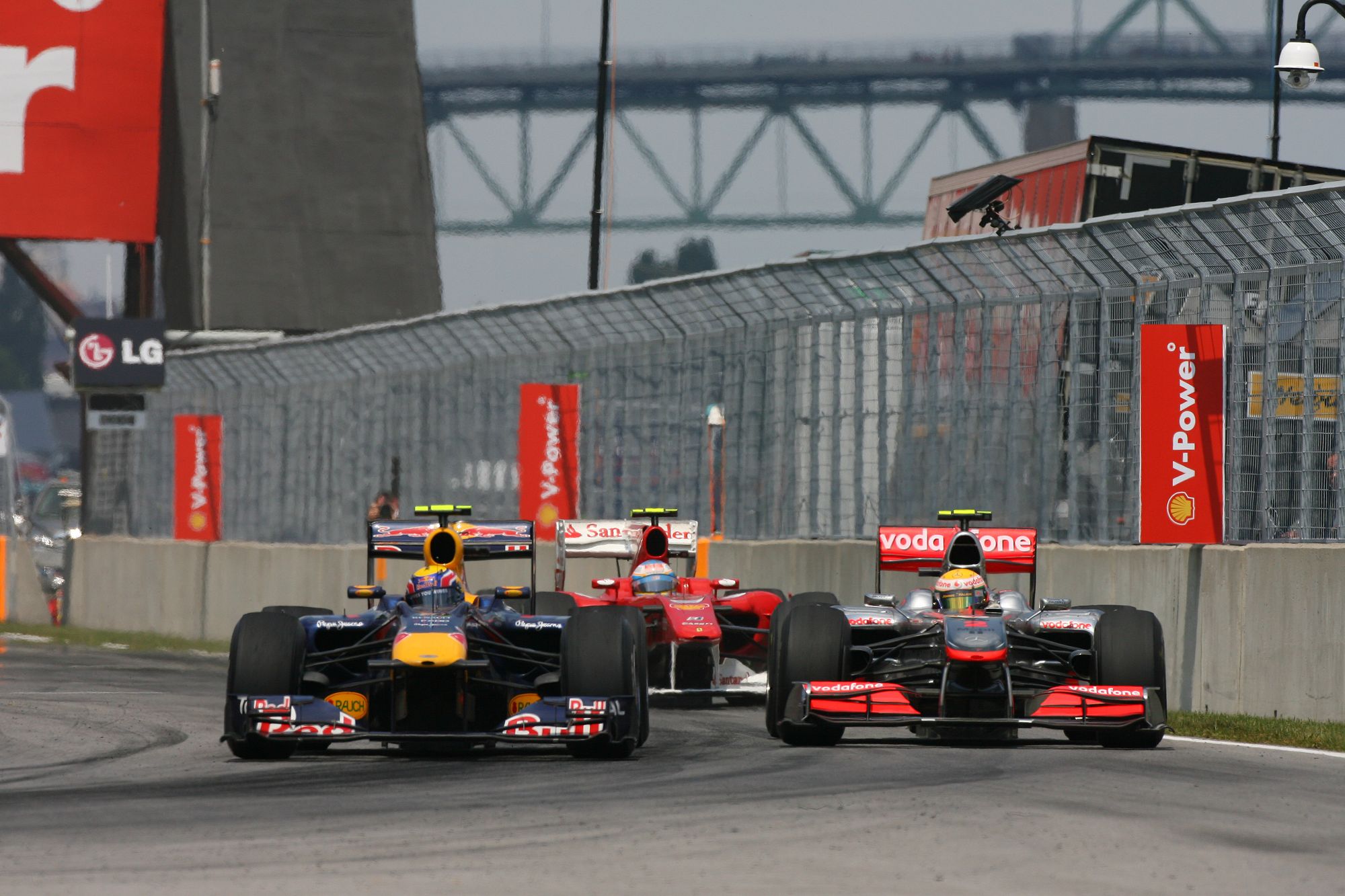
I’d fully echo Edd’s argument at the top of this article but go a little bit further.
Qatar’s flat-out three-stopper was as refreshing as the sudden appearance of tyre degradation for the 2010 Canadian GP (pictured above) in Bridgestone’s final year. And the circumstances that encouraged so many teams to take a punt on softs for the Qatar sprint set up a great race too.
Any motorsport championship needs variety and surprises. The control tyre supplier has a greater influence over the potential for that than pretty much any other factor in F1 bar the weather.
F1 teams are too good at engineering predictability into situations – and fair enough, that’s their job.
But within the realm of safety and sensible cost, Pirelli making sure its tyre range has enough variety and contrasting characteristics to both keep surprising teams and creating curveballs – different curveballs, not just ‘these tyres fall off a cliff after x laps’ – can, as Edd suggests, offer some of the magic a tyre war does without all the perceived negatives of a tyre war.
Let’s not make the same mistake twice
Ben Anderson
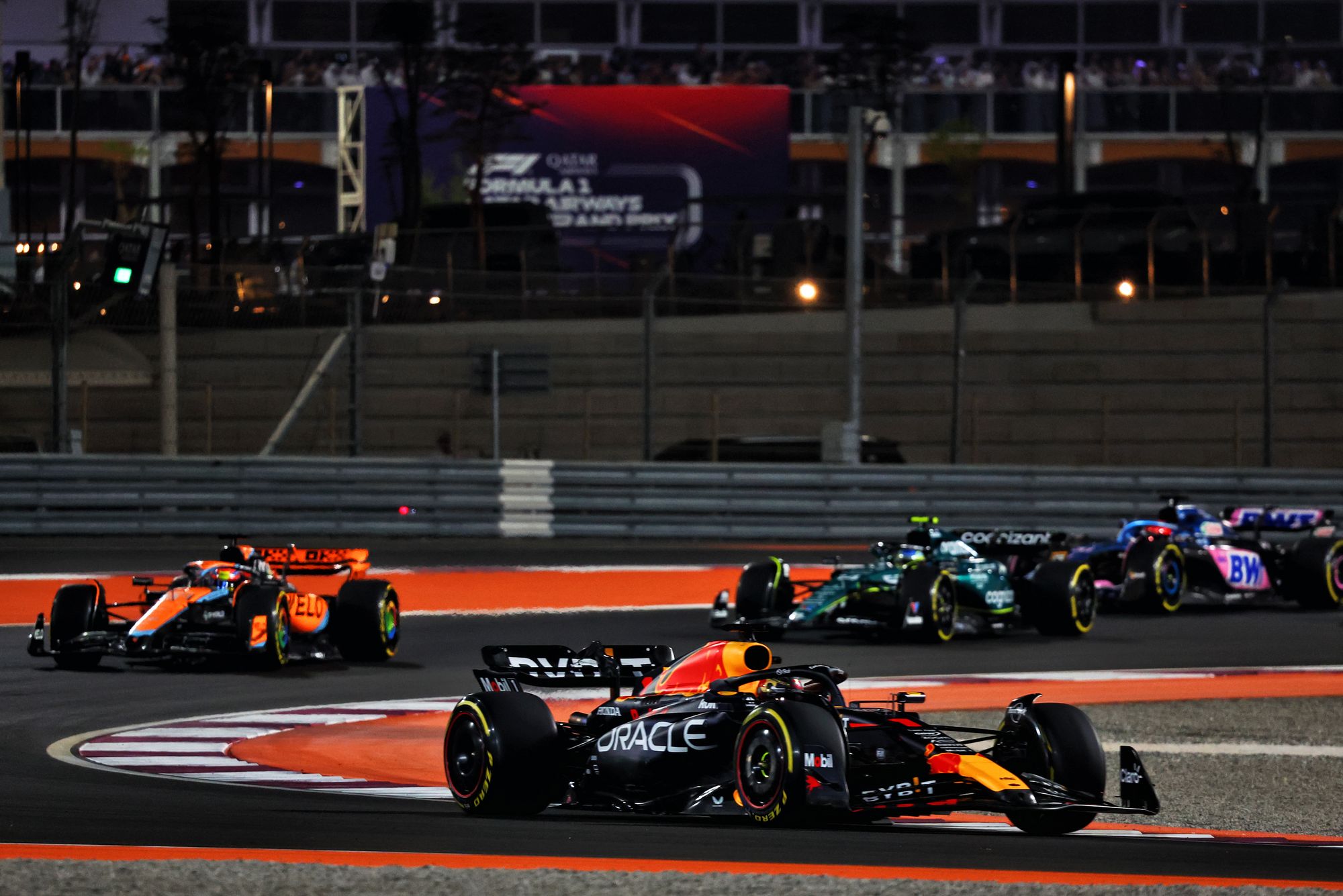
Pirelli’s unforeseen problems with Qatar’s ‘pyramid kerbs’ allowed us all to peer into a frankly refreshing alternate universe – where F1 drivers were pretty much pushing flat out through each of their effectively-mandated four stints, rather than go-slow tyre managing to stay out of the pits as much as possible (which is what would have happened ordinarily).
It’s therefore tempting to reach and say ‘just mandate three-stop races’ or ‘keep the mandatory stint lengths’. Pirelli has no incentive to spend big bucks making tyres that can last better, and F1 has been fixated on extreme degradation creating better racing since the mad Canada 2010 race that set the basic template for what we have now.
The mistake F1 made then, and would make again if it tried to bludgeon every grand prix into being like Qatar was, is that those races were both born out of extreme and unexpected circumstances. In 2010, Montreal’s resurfaced layout tripped up the teams, but once they knew what to expect things inevitably calmed down.
The same would happen if Qatar were replicated without emergency measures being implemented. Teams would choose their tyres differently – and use them differently in practice in order to prepare better. They would also have more than a few hours to plan their strategies, which would all coalesce into extra predictability compared to what we saw at Lusail – where teams were basically cobbling together run plans based on whatever tyres they had left over from the earlier parts of the sprint weekend. No one actually knew what to expect from one day to the next.
The best races nearly always happen because of random variables – be that track surface, extreme weather conditions or tyre/set-up anomalies. In some ways the entire basis for Pirelli’s involvement in F1 – this target letter that outlines what Pirelli should do – is flawed. No one race should provide a template for all others. In F1, where the standard of engineering is so high, uniformity is the enemy of unpredictability. And unpredictability is always what F1 most needs.

